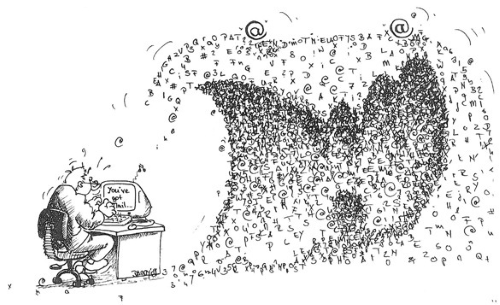Before you leave
Are you interested in a 14 day free trial of our data validation solutions?

Customer Relationship Management (CRM) systems allow you to store all your customer and prospect data—think along the lines of contact data, account information and leads—in one location. That kind of localized, accessible data storage platform enables organizations to gain a simplified view of their customers, and if they use it to its fullest potential, also facilitates internal data organization processes, better customer service and a more personalized experience for your consumers.
But what happens when:
What happens is that you’re not using your CRM to its fullest potential.
When CRMs can be a huge expense, in both dollars and the added time associated with training and maintenance, optimizing the use of your CRMs should be a priority right from the get-go. These are three of the most common reasons why organizations fail at managing or implementing CRMs.
CRMs can be used for a variety of purposes and different organizations will use them differently. A lot of businesses will go into a CRM implementation and quickly become overwhelmed by the complexities. What ends up happening is a struggle to fit company goals around CRMs, not the other way around.
Remember: integrating your CRM around company goals is far easier than shifting entire organizational structures around a piece of technology.
While you may have big dreams for your CRM, the reality of data migrations is that they can be complex and often come with unanticipated issues. Also, there can be a gap between expectation and reality: A CRM will not solve all your problems, but help you get to solutions.
How do you manage expectations surrounding CRM performance? Be upfront about what the system will do and what individuals are expected to do to make it a success. There’s a difference between pumping everyone up about the advent of a new CRM-driven age and making false or lofty promises about what it can do. Bringing everyone up to speed about its shortcomings will lessen the blow to morale if there are issues with migrating to the new system encounters.
No matter what angle you look at business, data is the crux of every decision made, and when you have poor data quality, it affects the integrity and accuracy of actions based off that data. In fact, according to our 2015 Global Research Survey, 92% of companies worldwide suspect their customer and prospect data to be inaccurate in some way.
This means trouble for your CRM management. Dirty data is dirty data no matter how advanced a platform you use—your CRM is only as good as the data within it. Almost all organizations believe data to be essential to success, whether for increasing operational efficiency, enhancing customer satisfaction or enabling more informed decisions.
That’s why organizations often look to data quality solutions to make their data fit for purpose and make decisions with confidence.
Optimizing your CRM is a hefty job, one that can expose underlying data quality strategies that need revamping as well as organizational structures that should be improved upon. These are just some challenges faced by organizations managing or implementing CRMs.
We, however, believe that at the number one reason why CRMs can’t be used to their fullest potential is due to poor data quality. Learn more with this 5-point checklist on key data quality strategies and insights into CRM management.
Are you interested in a 14 day free trial of our data validation solutions?